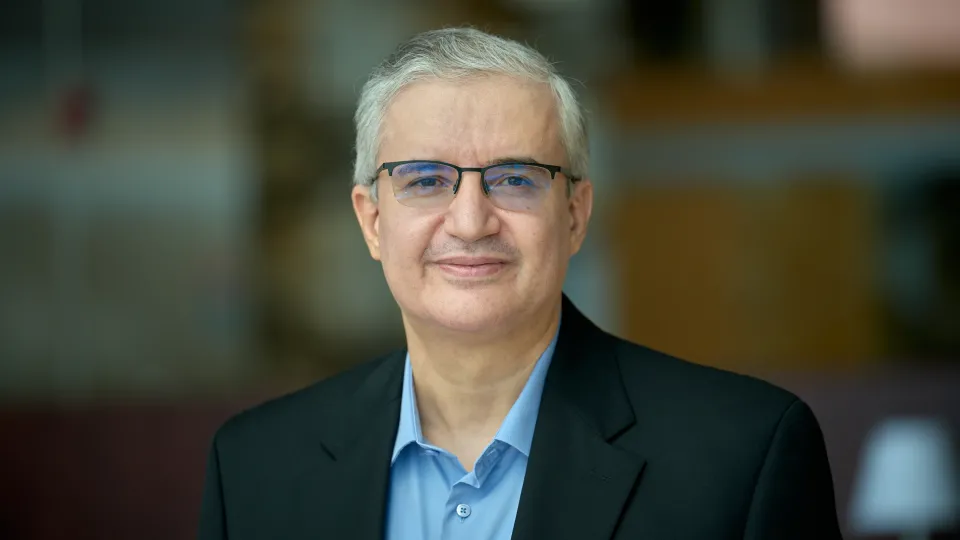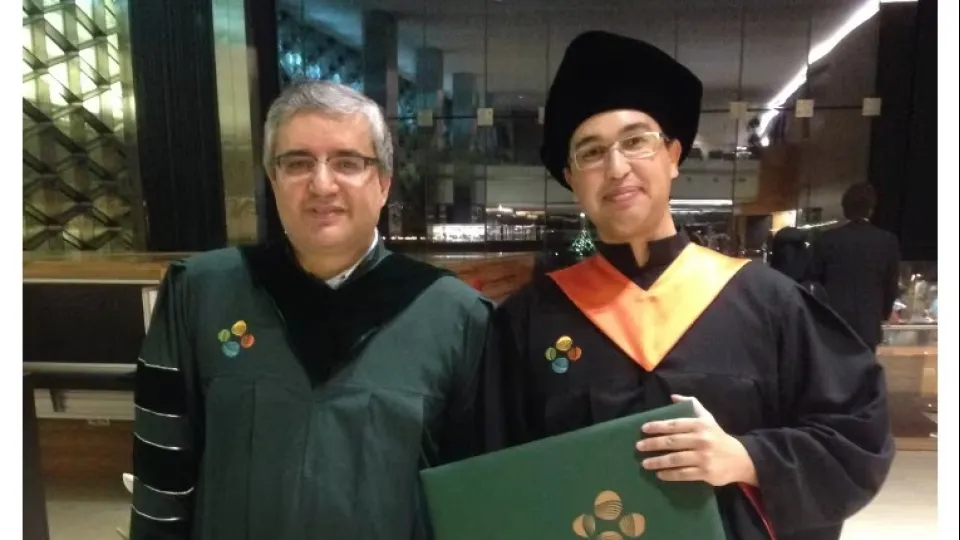
Wireless devices tune-in to cloud power
Next-generation mobile networks can use cloud computing algorithms to manage the increasingly high data demands of users.
About
Fifth-generation (5G) cellular technologies will provide gigabits-per-second connection speeds to customers and innovative infrastructure such as self-driving cars. KAUST researchers have now developed a platform that coordinates 5G data traffic more efficiently using cloud-radio access networks (CRANs).
The CRAN concept fundamentally restructures the way network resources are allocated. Current radio access networks use computers at each antenna station to assign resource blocks for data transfer—a setup that produces interference when different base-stations re-use the same spectrum. With CRANs, algorithms for resource block assignment and power allocation are implemented via a central cloud-based server that uses shared processing power to boost data transmission across the entire network.
One challenge with CRANs lies in coordinating cloud-based problem solving with the substantial communication volumes that stream across "backhaul" links connecting cell sites to the core network.
Ahmed Douik, Tareq Al-Naffouri and Mohamed-Slim Alouini from KAUST and Hayssam Dahrouj from Effat University investigated an alternative CRAN that uses the cloud to solve a particular allocation problem—how to schedule users to resource blocks and simultaneously optimizing transmitter power while giving base-stations control over other radio resources, such as signal processing.
To avoid searching all possible user-to-resource blocks assignments, the researchers modeled the associations between users, base-stations and power levels as interconnected points, or vertices, on a graph.
By assigning different weights to the vertices using a "sum benefits" analysis and accounting for practical physical constraints, they created a program that quickly scopes out the essential features of a CRAN and solves the joint scheduling and power control problem with efficient algorithms.
“These algorithms are centralized in nature and require strong computing processors, which make the cloud a necessity,” said Dahrouj. “The cloud provides the right platform for graph-theoretical based computations and helped us find the jointly global optimal solution for the first time.”
Read the full article


